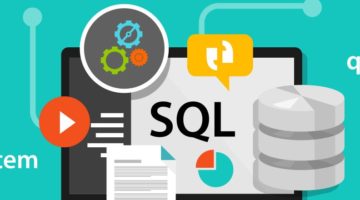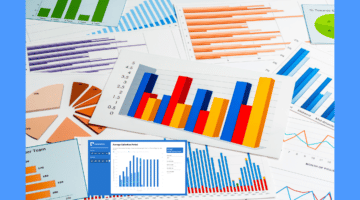Reporting is an important part of any NAV implementation. There are two great options that we use: Zap Business Intelligence (Zap BI) and the NAV Reporting Engine. I’ve seen the lifecycle of many analysis reports throughout the life of numerous NAV implementations.Here are some tips that you might find useful:
The “Out-of-the-Box” Experience
Zap is user friendly. Users can get up and running quickly with a fresh analysis report, however, just like Dynamics NAV, Zap requires not only a technical implementation and training, but a workshop-oriented session to allow you to get the most out of the product.
Graphs & Scorecard Indicators
Graphs & Scorecard Indicators are powerful visual tools that can help you build more “glanceable” reports from your system. Rather than have a user analyse numbers to understand a trend, why not simply introduce a sparkline?
Departmental Dashboards
Dashboards are an easy way to display a collection of useful graphs in a single screen. Graphs showing sales of a particular item group over various time periods could be very useful for your marketing team or product managers. This saves them from having to dig through sales history to understand their products.
Generating Large Data Sets
Users sometimes design reports with the intention of exporting them to Excel for further processing. However, this is more efficiently done from NAV. Perhaps consider reviewing what the goal of the processing is. Can this be achieved directly?
NAV Reporting Engine
Zap BI is suited for certain types of reports, typically graphs and summarised tables. Depending on the report you plan to build, it might be more effective to build the report in NAV itself. NAV has a powerful reporting engine, and can be easily customised by your NAV partner. Always consider whether your report would be better suited as a native NAV report. Often, it can be quicker to build, faster to run and cost you less time to have it built directly from the data source.
Old Habits
A user’s first attempt at a Zap report is often a mirror of an old report using tools such as Excel. This may have been a pivot table, or larger tables of flat data. These tables are not efficient uses of an analysis cube used by Zap, which is better suited to calculating aggregations and providing a visual representation of data, such as in graphs.
When first attempting to rebuild an existing report in Zap, take a moment to answer the following questions. It may help guide your analysis report:
- What was the original “question” this old report answered?
Did it highlight something in particular, e.g. trending items? - Is this the most efficient way to get the the answer you’re looking for?
Are you having to interpret the numbers manually to understand what you’re seeing, instead of utilising visual tools? - Do NAV’s existing reporting tools cover this report?
Have a chat with your NAV partner to understand some of the existing reports in your system.







